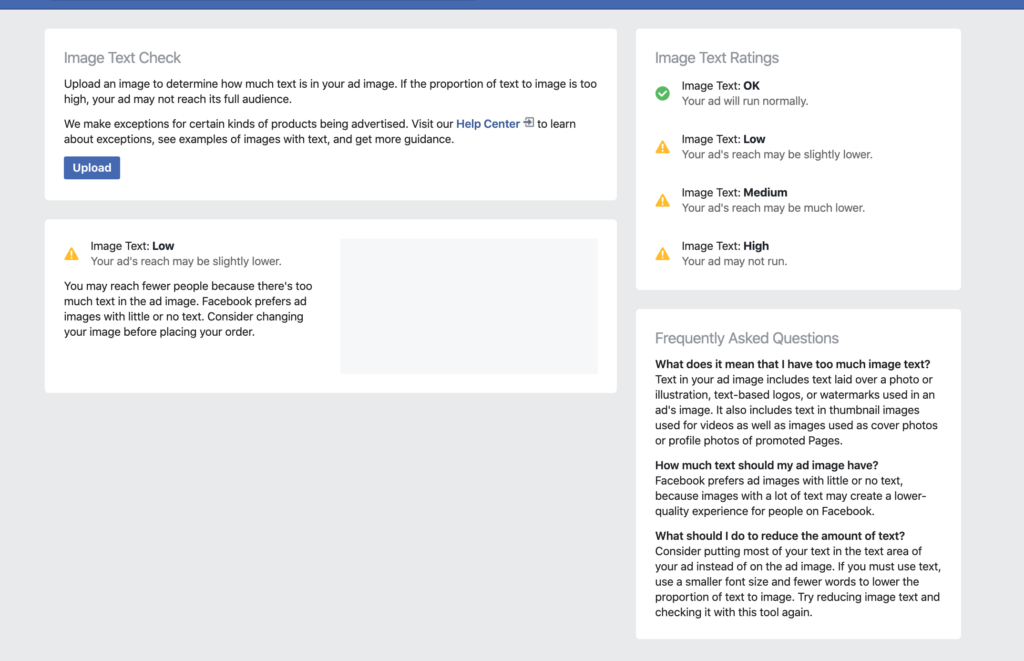Mastering The Facebook Algorithm
Did you know that like Google, Facebook has its own set of algorithms? Mastering The Facebook Algorithm is tough, Facebook picks and chooses which pieces of content it thinks is valuable and engaging to the consumer. Every rule you break within this algorithm (much like SEO) jeopardizes your organic reach. Facebook doens’t just want/expect you to spend money on advertising (okay, maybe a little), they want to make sure the content they show is what people what to see. With so many people (and businesses online), if it didn’t do this, people would likely jump ship. The rule of thumb is that if you follow all the algorithms, your organic reach will be around 10%, but if you don’t, you’ll reach about 2% of your audience organically.
So what are the algorithm rules you need to follow? Much like Google, Facebook doesn’t make a huge announcement every time the algorithm changes or updates, it happens quickly and quietly, and as experts, it’s our job to keep an eye out for these changes. Below we’ve outlined the most common algorithm rules that are frequently broken.

1. Less than 10% text in your image. Not sure how much text is in your image? Use this tool: https://www.facebook.com/ads/tools/text_overlay
2. No stock images. Yes, just like Google, Facebook knows when you’re image is a stock photo. Your followers aren’t following you to see a generic picture unrelated to your brand. They are following you to be social with your business. Not only do stock images decrease your reach, they promote a terrible image of your brand online. Hire a photographer and get creative.
3. DON’T YELL in your posts. Not only is it rude, it’s unprofessional. Using all caps may seem like it’s a good way to capture the attention of your audience, but it’s not. You wouldn’t yell at a customer at your location, don’t do it online.
4. Title Caps Are Meant For Titles, not your entire post. It’s hard to read, ultra annoying, and again misrepresents your brand.
5. Don’t tell people what to do. A call to action may seem like a great idea, but it significantly decreases your reach and makes you seem bossy. Instead, you can be creative with how you say it. An alternative to “shop now” is to add a shop now button to your post. This way, your engaging text does all the work, and the psychology behind that engaging text makes them want to click the “shop now” button. One of the biggest offenders to the calls to action is telling people to engage with your posts. Most often, businesses will say “tag a friend” with the goal to give away a gift to one of the random taggers. Although this used to be a social media manager’s favorite way to gain followers, this tactic is now off our radar.
6. Don’t share links unless it’s directing to your website, blog page, or a press mention. Your brand’s social media page is not meant to be an obnoxious news billboard; it’s intended to drive traffic to your website. If you want to share valuable information with your followers, share that article on your website where the person viewing can then poke around on your site. All posts that contain a link should direct to your website. If you’re getting press and want to brag about it, make sure that you’re only sharing about the high-level media, and you are doing it tastefully. No one wants to see you vomit your press mentions all over your page like an excited school girl. Keep it classy and share the press mention (ideally from their social media pages).
7. Don’t over-post. Unless you’re a significant brand with over 200K followers, there’s no need to post more than once per day. Ideally, we suggest posting around three times per week for accounts with under 10K and once per day if you’re under 100K. To reach more people and to ensure your followers see the post, we then suggest boosting the post a few days after the post is made. Also, keep the content you share relevant and valuable to the viewers. The last thing you want to do is seem “braggy” or spammy. By keeping the content you post relevant and valuable, you keep the algorithms happy, and you’ll reach more people.
8. Keep it short & sweet. Your copy should be short and sweet. Ideally, you will want to keep your copy under 240 characters. However, it should still be engaging, creative, and unique. Preferably with one or two emoji.
9. No hashtags. Hashtags are dead on Facebook. Not only are they obnoxiously overused, they are pointless. Facebook and Twitter now use keywords if people want to find your content, so as long as you have the term you want people to see in your post, a hashtag is pointless. Use hashtags on Instagram, but make sure they are in the 1st comment and were well researched before use. If you absolutely want to use hashtags because you couldn’t incorporate it into the copy of the post, limit it to three outside of Instagram.
10. No Shares. Never share a post from another social media platform. IE: clicking “share to Facebook.” You’ll reach fewer people, and the formatting of the shared post is terrible. Take the extra few seconds and upload them individually. Our favorite tool for scheduling posts on different platforms is Sprout Social.
11. Custom links. Use custom links to track website clicks. Although Facebook does a pretty good job at their reporting, you would be surprised at how inaccurate the data can be. Make sure the custom links you use (we use bit.ly) are branded and not just auto-generated. Here’s an example: bit.ly/bookcmg
Looking for more insider secrets? Make sure to subscribe to our newsletters for updates and changes.


